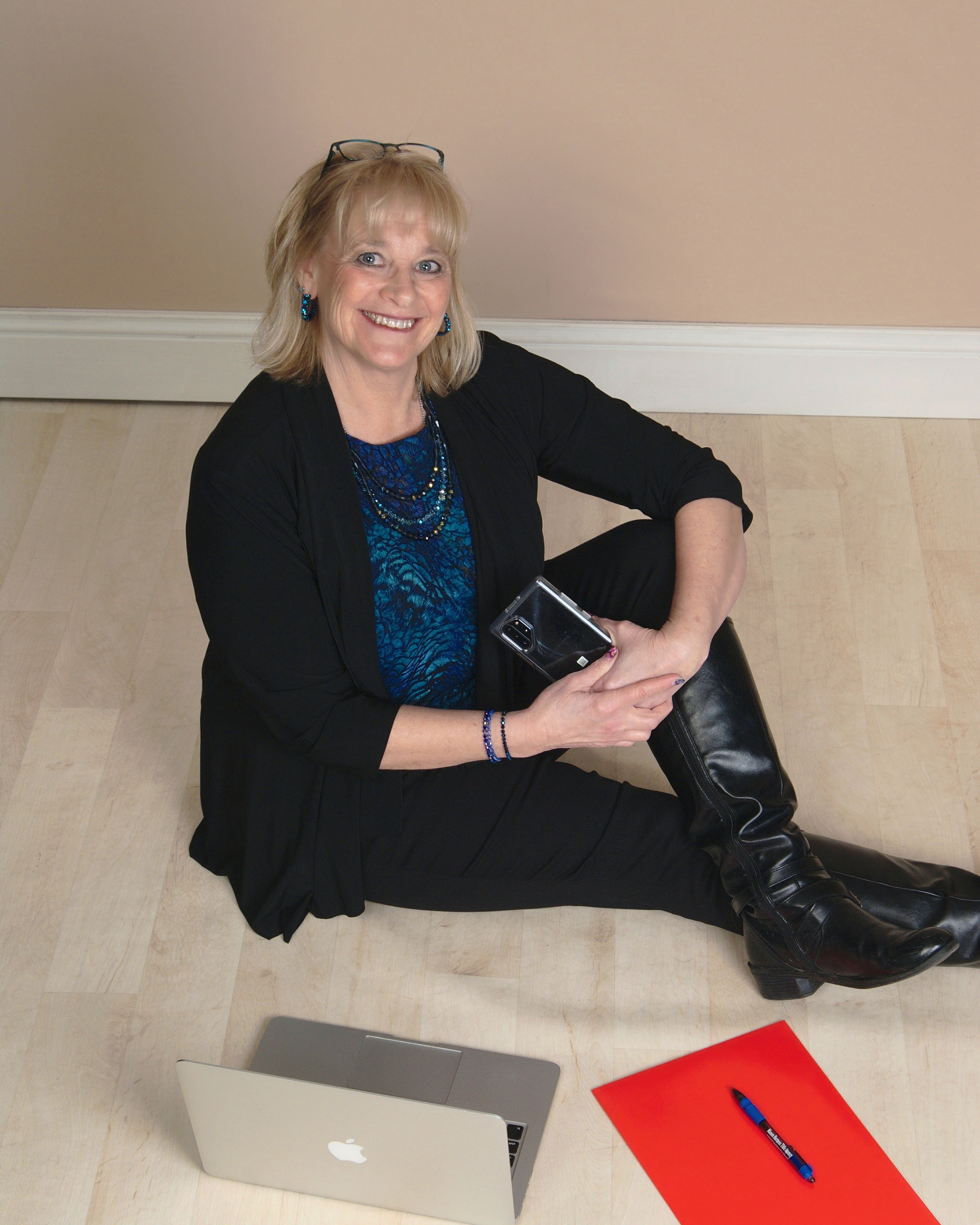
If you’ve spent any time watching home shows over the last few seasons, you’ll have heard the term “shiplap” to describe a wall feature. But what is shiplap, and why is it a coveted wallcovering?
Historic shiplap
By definition, “shiplap” is lumber planking milled with a rabbeted joint along the length of the top and bottom horizontal-edges designed to fit together or "lap" for strength and stability. So, each board rests on the one below it, with a forward overlapping notch. Originally, shiplap’s overlapping design created a weather-tight surface along the grooves. Technically called “rabbeted,” these recesses or grooves milled along the edge of a piece of a plank of wood create the laps. When viewed as a cross-section, a rabbeted joint is two-sided so that the second plank overlapping the first joins both a parallel and a perpendicular face.
So, was it used on ships? The easy answer is “yes” with the caveat that the boards also had pitch or glue to make them completely watertight. In its true architectural form, shiplap is an exterior siding material used to make a building weather-proof. As the wood weather or ages, the original tight joint forms a slight gap, giving aged shiplap its distinctive look.
Modern shiplap
On television and modern interior design applications, however, wood treatments identified as shiplap sometimes originated as wood planking—planks of wood with slight gaps between them used to “sheet” walls for other coverings. In the days before drywall, such sheeting commonly added to the wall's stability in preparation for lath and plaster or wallpaper. These planks may or may not have rabbeted joints, but yet, colloquially designers refer to them as shiplap.
When such original planking comes from a remodel or renovation, its historical and design value includes nail holes and even slight pest damage (provided the worm, carpenter ant, or termite is long gone). The most common look is a white paint mimicking whitewash, but other colors create perfectly acceptable looks as well.
Shiplap versus tongue-and-groove: Unlike shiplap where each plank sets atop the other, tongue and groove joints interlock, making them useful for vertical as well as horizontal applications. Examples of tongue-and-groove include original beadboard and knotty-pine paneling applications as well. These choices offer a similar look and may fit your country or farmhouse-style too. Modern beadboard comes in full four-by-eight sheets making installation simpler than shiplap or tongue-and-groove.
Check out your local DIY retailer for more accessible alternatives to give you that coveted historic look.
About the Author

Michelle Plunkett, Associate Broker
It's simple, really. Help people. Each client is unique. Every situation deserves special attention. Each home, neighborhood and community is a perfect fit for someone. Whether you are part of a grieving family settling an estate, 1st time home buyer, Upsizing, simplifying or find yourself starting a new life chapter, I am eager to understand your needs, provide you with options, guide you along and help you to make insightful, shrewd decisions. What journey do you find yourself embarking on? I would love to share the adventure with you - keeping it exciting, fun and rewarding! I am a FULL TIME Realtor - working my schedule to fit with your lifestyle and adapting to your technological abilities. Together we can make it happen! In appreciation for your business and in keeping with the spirit of thankfulness to the community that has supported me along the way, a portion of each commission is donated to charity.
